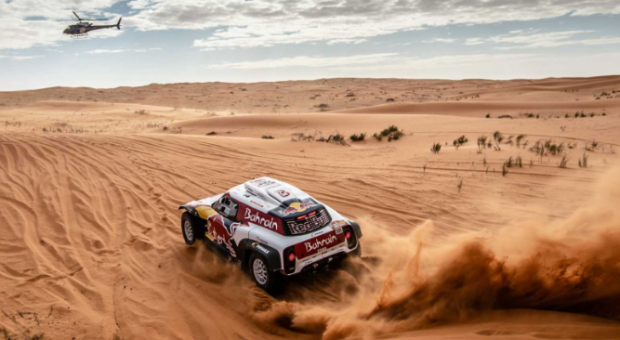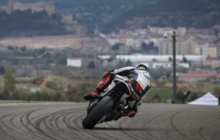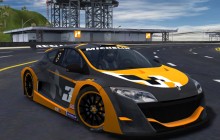
The Paris-Dakar Rally, officially known as the Dakar Rally since its relocation to Saudi Arabia, is one of the most grueling and demanding motorsport events in the world. Originally traversing the challenging terrain from Paris, France, to Dakar, Senegal, this rally is a test of endurance, skill, and machinery.
Despite the change in location, the essence of the rally remains the same: it’s a brutal test against some of the most unforgiving terrains. Rally cars, alongside motorcycles, quads, trucks, and UTVs, face a unique set of challenges in this race.
The Dakar Rally remains one of the ultimate challenges in the automotive world, a testament to human and mechanical endurance. The common problems faced by rally cars in this event are as diverse as the terrain they traverse. Each year, teams come armed with new strategies, technologies, and a spirit of adventure, ready to face the known challenges and those that await them in the vast, uncharted stretches of the desert. It’s this relentless pursuit of overcoming the odds that keeps the spirit of the Dakar alive and inspires both competitors and fans around the globe.
Here, we delve into the common problems faced by rally cars in the Dakar Rally, highlighting the relentless nature of this iconic event.
1. Sand and Dune Navigation Difficulties
One of the most iconic yet challenging aspects of the Dakar Rally is the vast stretches of sand and towering dunes. Vehicles often struggle with traction, getting stuck, or even becoming completely engulfed by the shifting sands. Navigating these obstacles requires precise throttle control, an understanding of sand dynamics, and often, a bit of luck. Even the most experienced drivers can find themselves losing valuable time as they dig out or winch their vehicles free from the sand’s grasp.
2. Mechanical Failures
The harsh conditions of the rally push vehicles to their limits, leading to a high incidence of mechanical failures. Engines overheat, suspension components break from the constant pounding, and gearboxes succumb to the dust and debris. The challenge is not only in keeping the car moving but also ensuring it remains mechanically sound over thousands of kilometers of relentless terrain. Teams spend countless hours preparing their vehicles, yet the Dakar Rally often proves that no amount of preparation can guarantee immunity from mechanical woes.
3. Navigation Errors
Unlike traditional racing where the course is clearly defined, the Dakar Rally requires teams to navigate vast, open landscapes with only a roadbook and compass for guidance. GPS use is heavily restricted, adding to the navigational challenge. This can lead to costly errors, with teams sometimes veering off course by significant distances, adding hours to their time, or in worse cases, leading to disqualification for missing waypoints.
4. Extreme Weather Conditions
The Dakar Rally is notorious for its extreme weather conditions. Temperatures can soar during the day, making the cockpit unbearably hot and taxing both the driver and the vehicle’s cooling systems. Conversely, nighttime can bring cold temperatures, complicating camp setups and maintenance routines. Additionally, sudden sandstorms can reduce visibility to nearly zero, halting the race and complicating navigation further.
5. Physical and Mental Exhaustion
The toll on human bodies is immense. Drivers and navigators must maintain high levels of concentration for up to 12 hours a day, over two weeks, all while being jostled around by the rough terrain. Fatigue, dehydration, and the mental strain of constant vigilance can lead to mistakes that cost time, damage vehicles, or, in the worst case, cause accidents.
6. Tire Issues
Tires are the only point of contact between the vehicle and the ground, and they suffer tremendously. Punctures are common, and changing a tire in soft sand under the scorching sun is no small feat. Moreover, the choice between durability to withstand sharp rocks and softness for better sand traction is a constant compromise, affecting strategy and performance.





